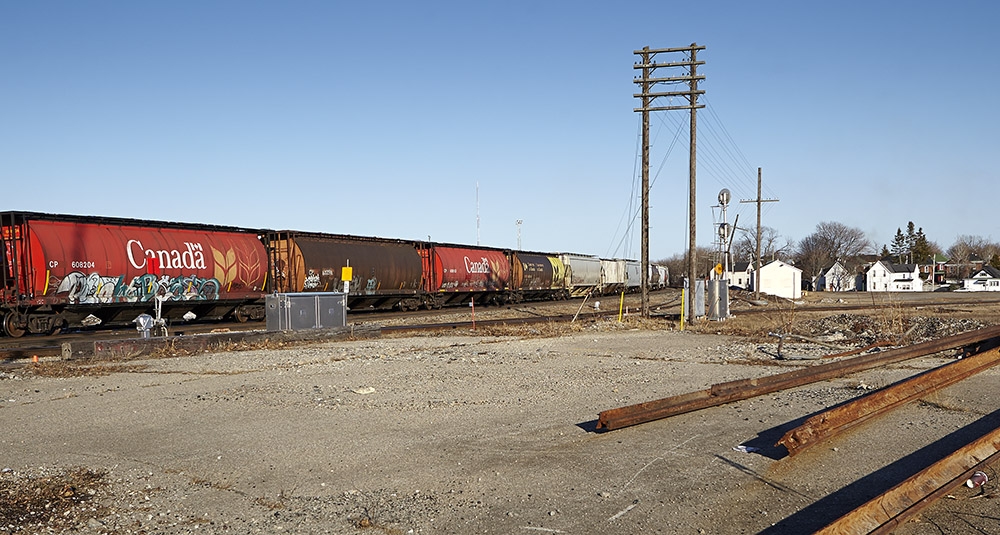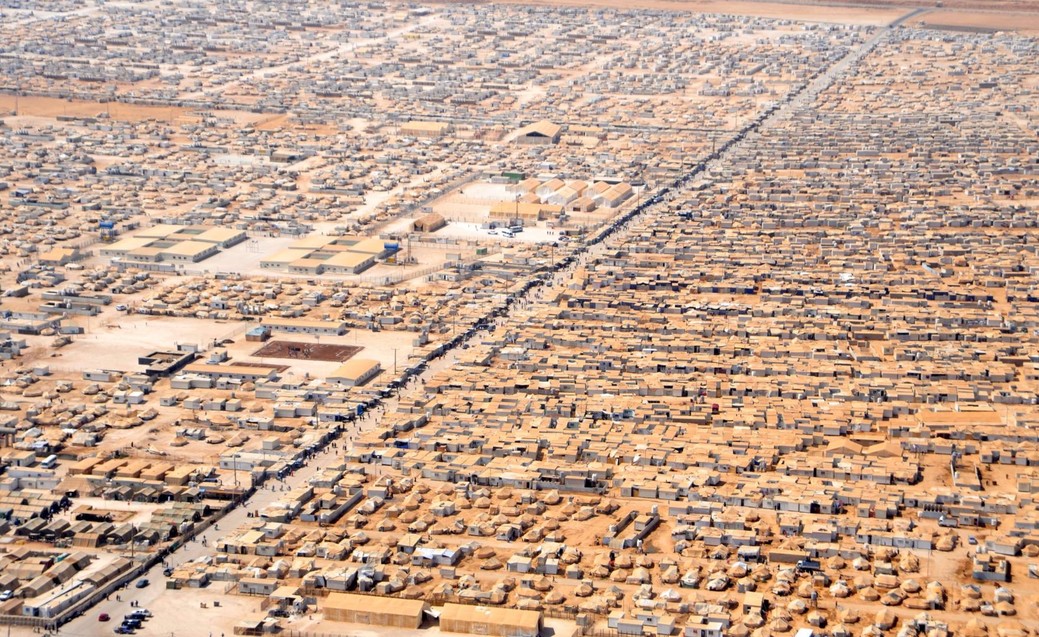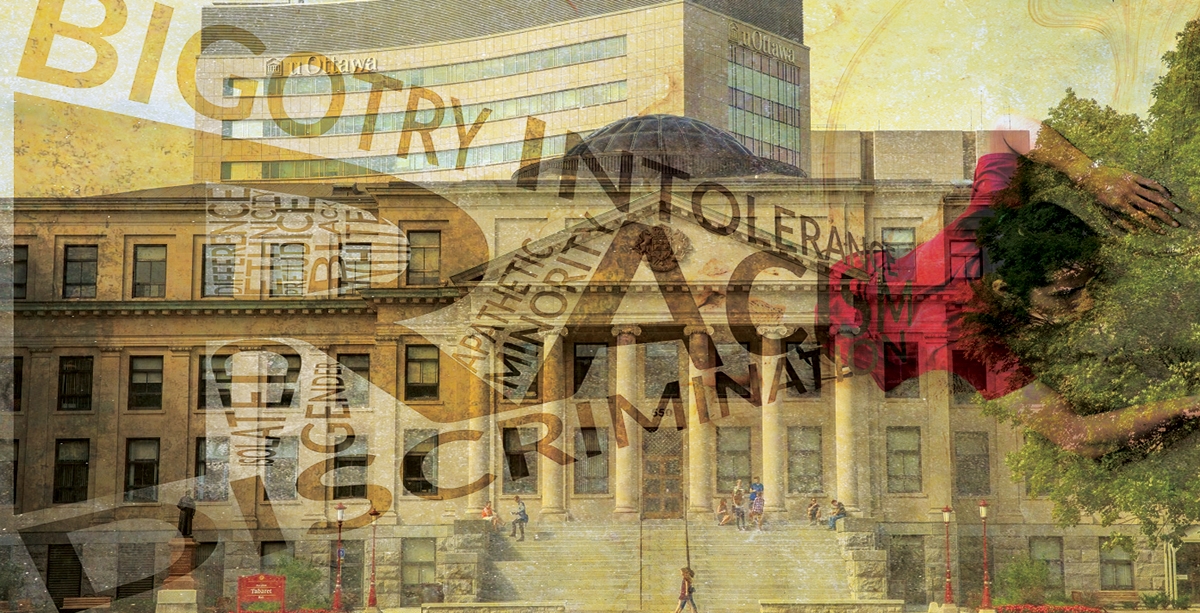
Prime Minister Trudeau… So Far, So Good… But Soon, The Rubber Hits Road.
By all counts things are going well for Canada’s new Liberal government. Aside from Prime Minister Trudeau’s brief off-side when he unintentionally elbowed NDP MP Ruth Ellen Brosseau in Parliament, leading to a possible Oscar or “Golden Raspberry” for her and Thomas Mulcair for best performance for feigned outrage. It was a last sorry moment for Mulcair, who was earlier unceremoniously dumped as NDP leader. In contrast, interim Conservative leader Rona Ambrose stole the show and surprised just about everyone with her exceptional performance and holding the government to account. Still, the Trudeau Liberals did well. They signed the Paris Climate Accord, met their target of bringing in 25,000 Syrian refugees, passed tax relief measures for middle income Canadians, passed Bill C-14, the controversial bill on assisted dying, announced a plan and process to decriminalize marijuana and outlined the methodology they will use to ensure Bill C-5, Canada’s controversial anti-terrorism law, has more Parliamentary oversight, scrutiny, review and more protection for the public.
Trudeau also met his election pledge to increase public works spending for infrastructure projects across Canada, which will significantly increase Canada’s debt in the short term. The Conservatives were upset at the plan, saying the increased spending was not required while the NDP complained it was not enough. So it appears the Trudeau Liberals landed squarely in the middle, which is where they like to swim.
However, the rubber really hits the road for the Liberals in the fall. The government swore up and down during the election in 2015 that it would follow evidence-based decision-making. The first real challenge will come when the government decides whether or not to stand behind the National Energy Board (NEB) decision to approve the Trans Mountain pipeline plan. The NEB is recommending the multi-billion dollar pipeline be constructed if 157 conditions are met, including 49 environmental requirements.
Another looming issue rests with officials at the Canadian Environmental Assessment Agency (CEAA) who have requested and been granted a three-month extension by Environment Minister Catherine McKenna to finish the review of the detailed construction work plans and schedule by Pacific Northwest to export liquefied natural gas from Lelu Island in British Columbia. The island, near Prince Rupert, is the site of a proposed $12.4-billion export terminal.
The CEAA has expressed concerns about the project’s impact on juvenile salmon habitat on Flora Bank, a sandy area located next to Lelu Island, and has already concluded that Pacific Northwest LNG’s project would likely harm harbour porpoises and contribute to climate change.
Proponents say the export terminal could be built and operated without causing major ecological damage. However, more than 90 of the world’s leading climate change experts have signed an open letter to Trudeau and McKenna, signaling their alarm at the significant adverse effects that will be caused by a dramatic spike in greenhouse gas (GHG) emissions if the Pacific Northwest LNG project gets a green light. McKenna says the decision will be based on science and evidence and Canada’s commitment to climate change.
Many First Nations and organizations like the Skeena Watershed Conservation Coalition are adamantly against the project and have also warned that the project will have a devastating impact. Even if the CEAA approves it, Cabinet can override the decision. It’s a classic economy versus environment argument. The issue is whether or not there is room to swim in the middle. The Skeena Watershed Coalition has been strategically using its resources to challenge Prime Minister Trudeau to walk his talk. This poster has appeared in key locations in Ottawa in recent months. OLM was so impressed with the design of the work, we asked the artist to design the cover of this issue. We thank them for their excellent cover image.









